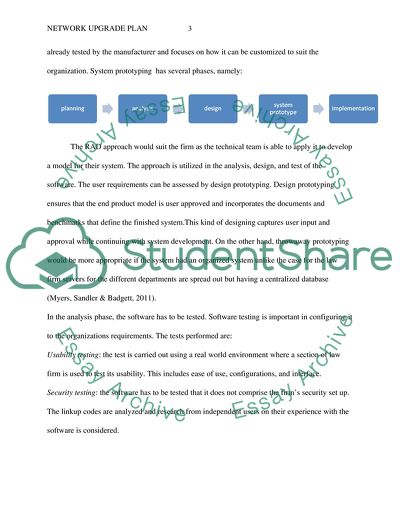Cite this document
(Mr. Smiths Law Firm System Analysis and Security Assignment Example | Topics and Well Written Essays - 2250 words, n.d.)
Mr. Smiths Law Firm System Analysis and Security Assignment Example | Topics and Well Written Essays - 2250 words. https://studentshare.org/information-technology/1775944-network-plan-upgrade
Mr. Smiths Law Firm System Analysis and Security Assignment Example | Topics and Well Written Essays - 2250 words. https://studentshare.org/information-technology/1775944-network-plan-upgrade
(Mr. Smiths Law Firm System Analysis and Security Assignment Example | Topics and Well Written Essays - 2250 Words)
Mr. Smiths Law Firm System Analysis and Security Assignment Example | Topics and Well Written Essays - 2250 Words. https://studentshare.org/information-technology/1775944-network-plan-upgrade.
Mr. Smiths Law Firm System Analysis and Security Assignment Example | Topics and Well Written Essays - 2250 Words. https://studentshare.org/information-technology/1775944-network-plan-upgrade.
“Mr. Smiths Law Firm System Analysis and Security Assignment Example | Topics and Well Written Essays - 2250 Words”. https://studentshare.org/information-technology/1775944-network-plan-upgrade.


